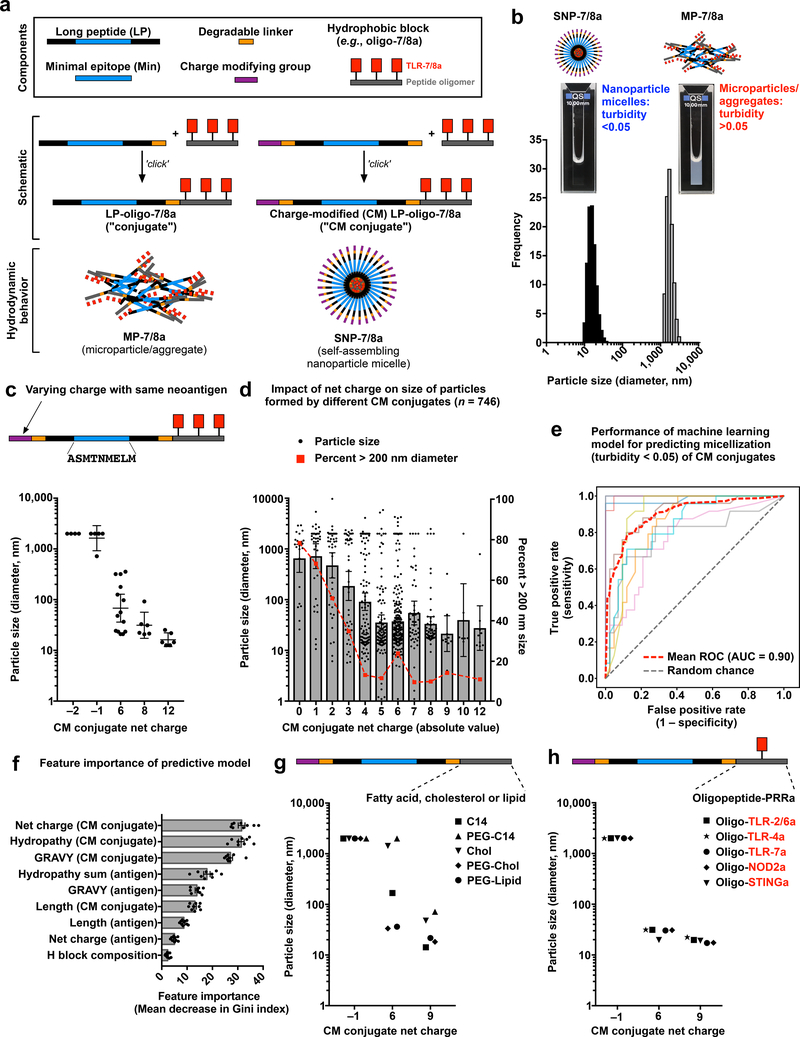Fig. 2: Self-assembling nanoparticles (SNP-7/8a) based on charge-modified peptide-TLR-7/8a conjugates.
(a) Schematic of modular components comprising peptide-TLR-7/8a conjugate vaccines and charge-modified (CM) peptide-TLR-7/8a conjugate vaccines that form microparticles/aggregates (MP-7/8a) and self-assembling nanoparticle micelles (SNP-7/8a), respectively. (b) Particle size distribution plot for representative SNP-7/8a and MP-7/8a. (c) Particle sizes of CM conjugates (n = 35 unique conjugates) with various charge modifying groups appended to the same peptide antigen sequence. (d) Particle sizes of different CM conjugates (n = 746) with varying net charge (absolute value). (e) Receiver operating characteristic (ROC) curves of a random forest machine learning (ML) model for predicting SNP-7/8a hydrodynamic behavior for any given CM conjugate composition; mean ROC is the average performance of the models based on a 10-fold cross-validated binary classifier (n = 10 runs) trained on data from d. (f) The relative importance of different characteristics of CM conjugates on the performance of the ML model, based on n = 10 cross-validations. (g) Particle size dependency on net charge of CM conjugates containing various hydrophobic blocks. (h) Particle size dependency on net charge of CM conjugates containing hydrophobic blocks based on peptide oligomers linked to various pattern recognition receptor (PRR) agonists. H block = hydrophobic block; C14 = myristic acid; chol = cholesterol. Data on log scale are reported as geometric mean with 95% c.i.; data on linear scale are reported as mean ± s.e.m.

